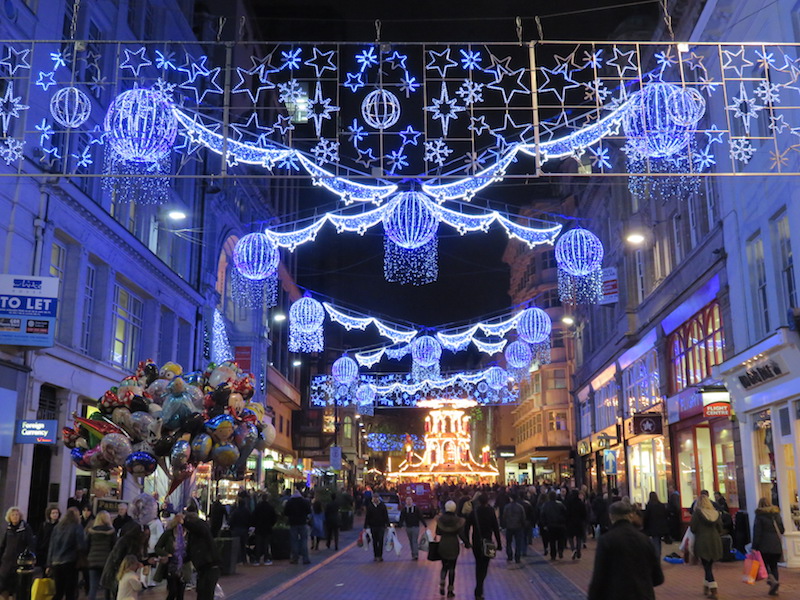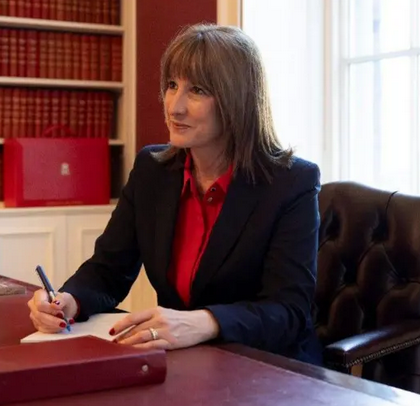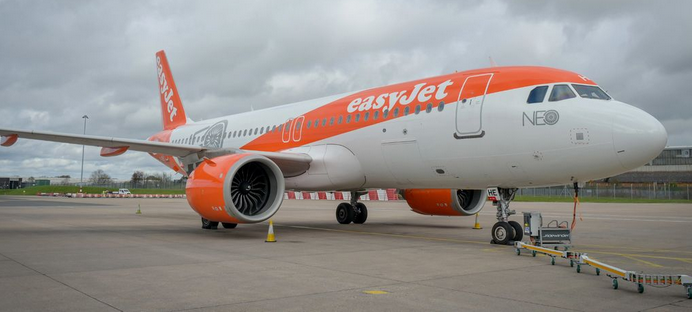The big Christmas light switch-on will take place on December 9 this year — two weeks later than in 2020, when people put their decorations up early during lockdown, according to new research by Uswitch.com, the comparison and switching service.
However, a quarter (25%) of enthusiastic Brits have joined the likes of Joan Collins and Holly Willoughby by putting their decorations up in November, while 993,000 households even lit up their festive displays in October.
People in Birmingham were most likely to switch their lights on in November, with nearly half (47%) of households opting for an early switch-on, followed by Bristol, where 43% did the same.
Last year, the most common date for households to turn on their Christmas lights was 26 November, at a time when the country was in lockdown. One in ten households (12%) continue to light their trees and festive displays with inefficient halogen and incandescent bulbs, which burn 320% more electricity than their LED equivalents.
With the COP26 climate change summit having only recently finished, many households are trying to cut their energy use. A third of households (31%) have decided to cut down on the number of lights they are putting up this year, with one in ten (12%) doing so to save money on their electricity bills, and 11% wanting to reduce their carbon footprint.
The average external Christmas light display cost £44.90 this year, but Norwich is the Scrooge capital of the UK, with people paying just £20.10 on average. Londoners are the biggest spenders, splashing out £79.40 for their external Christmas lights.
Many people are still not checking the power consumption of lights before they purchase them, with two in five (41%) saying they never check the label or intentionally look for more energy efficient bulbs. A third (31%) say they just choose the prettiest lights, and one in ten (10%) don’t care how efficient they are.
Will Owen, energy expert at Uswitch.com, comments: “It’s beginning to look a lot like Christmas — although the decorations are actually going up a lot later this year.
“Last year’s November lockdown may have prompted households to go all in on Christmas early, but this year they’re mostly holding back until December 9. This means their decorations will be up for less time this year, which will help to reduce energy costs over the Christmas period.
“The majority of people who have LED lights will not pay much to light up their homes with fairy lights. A household with 200 LED fairy lights and a light-up reindeer could expect to increase their bills by only 80 pence over the whole festive period.
“However, anyone sticking with less energy efficient bulbs could expect to add £8.57 to their bills. If you are planning to buy some lights, it is always worth checking the labels to see how much energy they use.
“LEDs are very efficient and will prevent your energy bills getting out of hand while you enjoy the festive season.”











